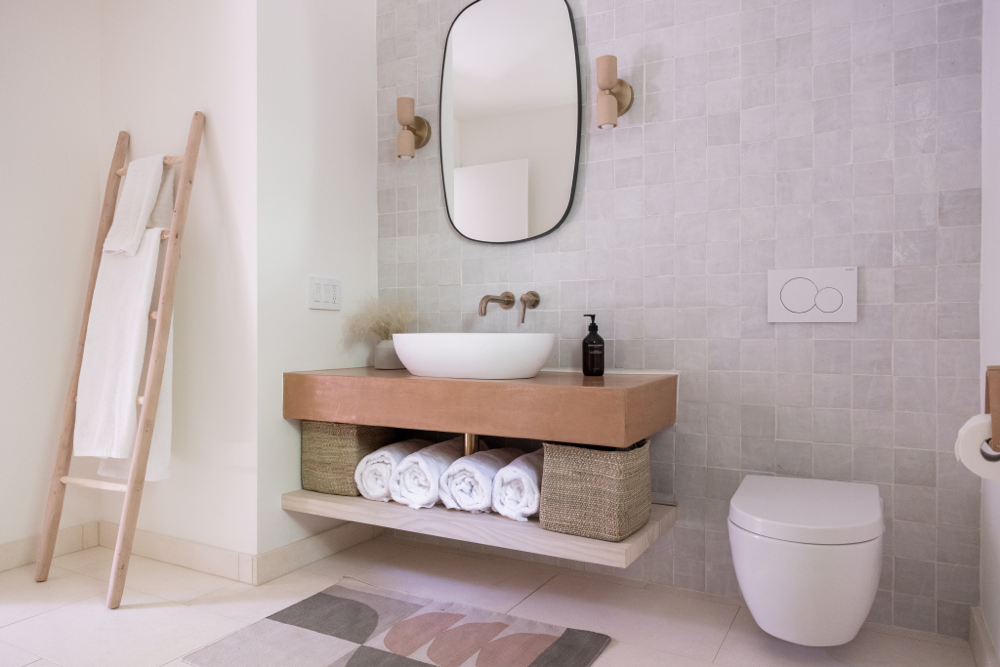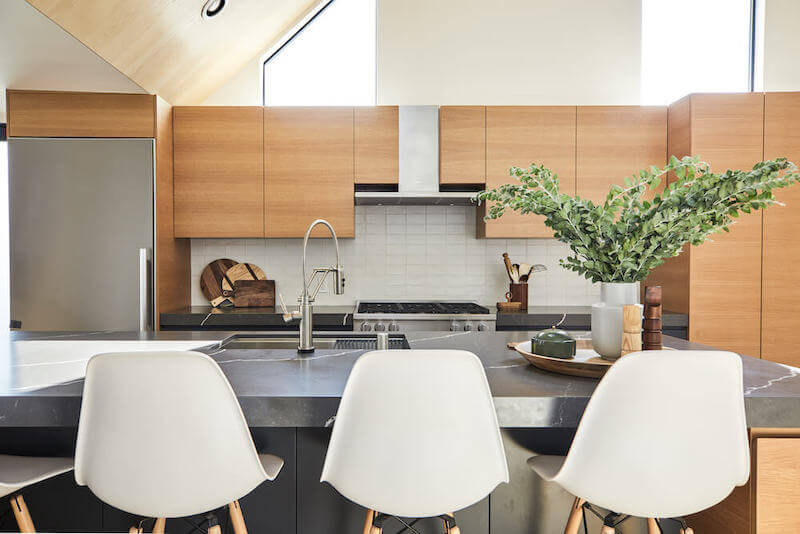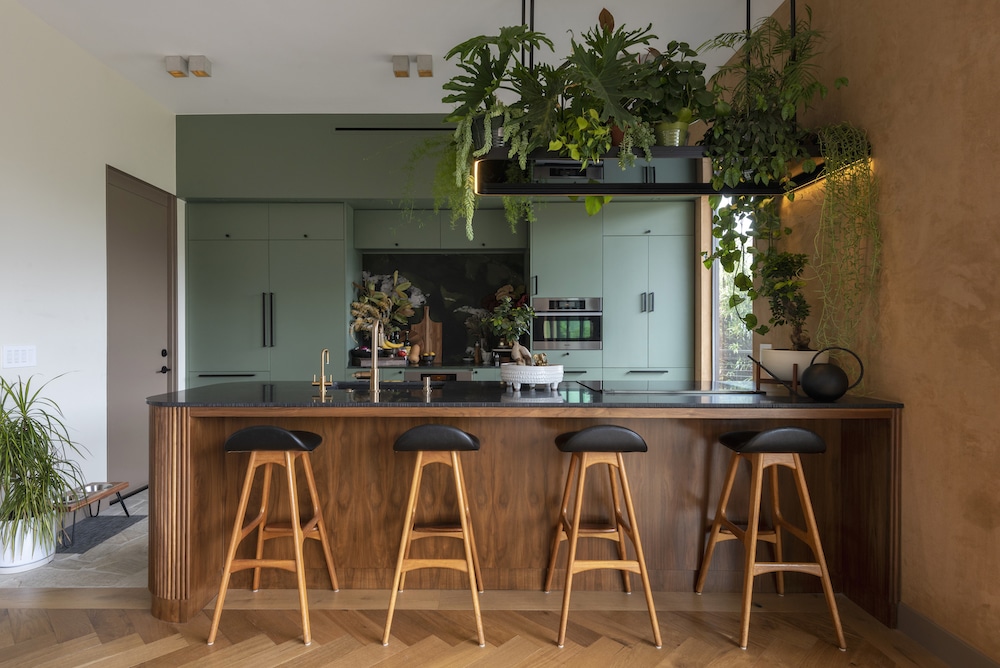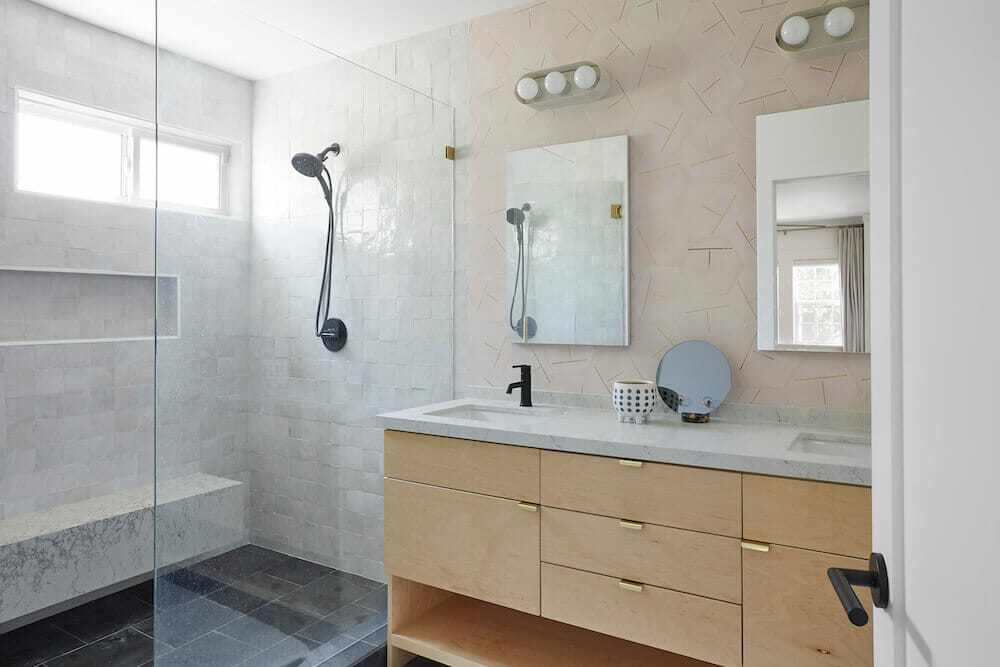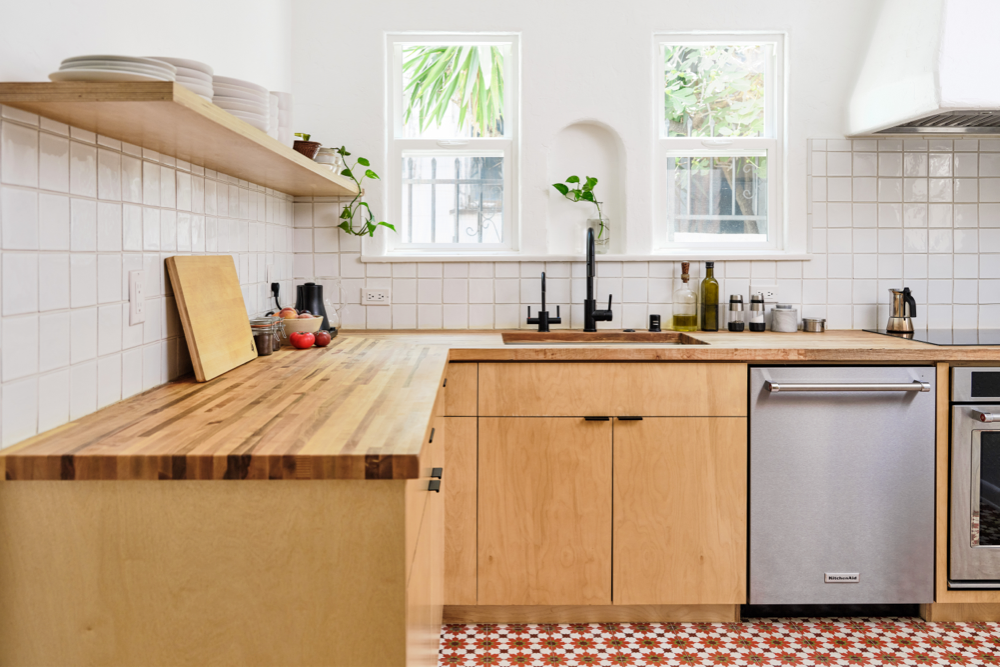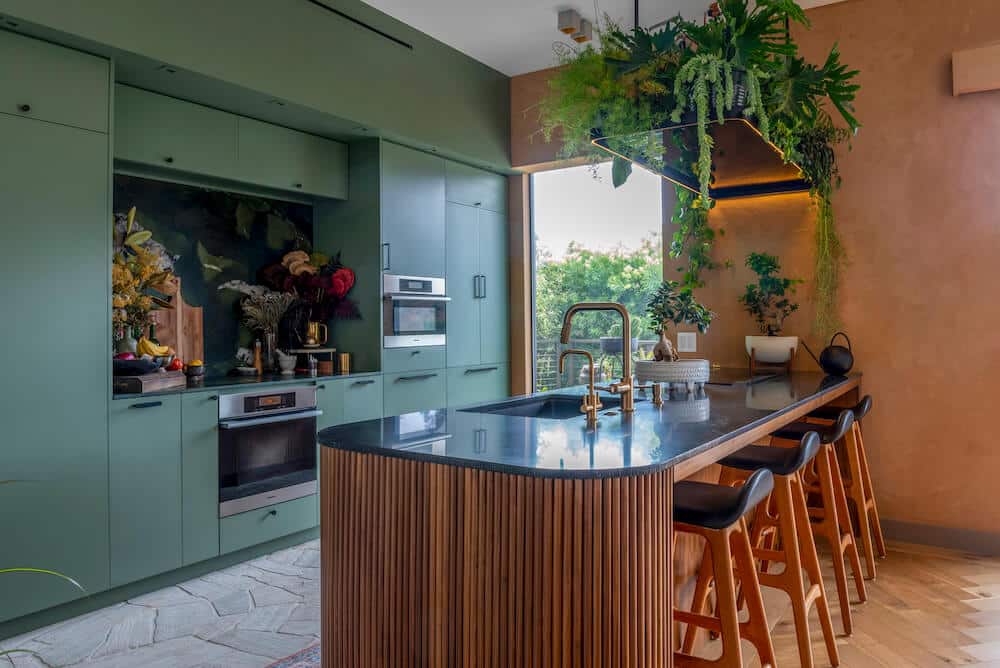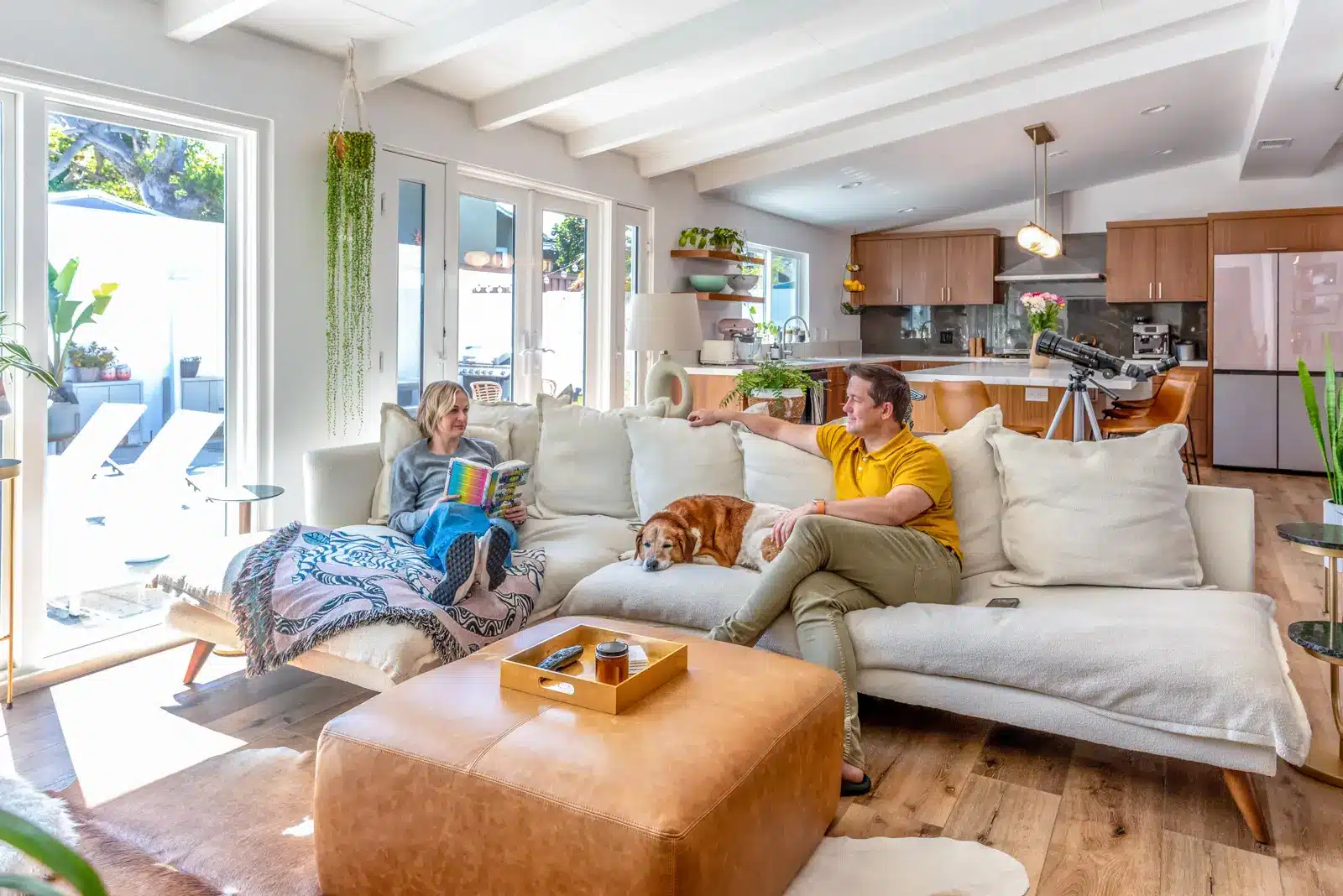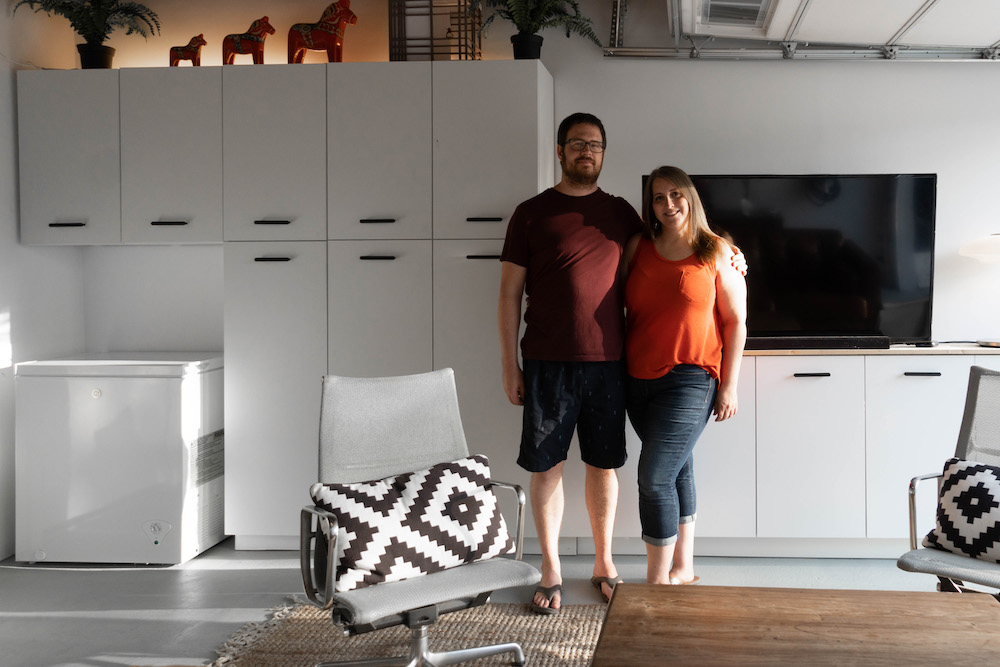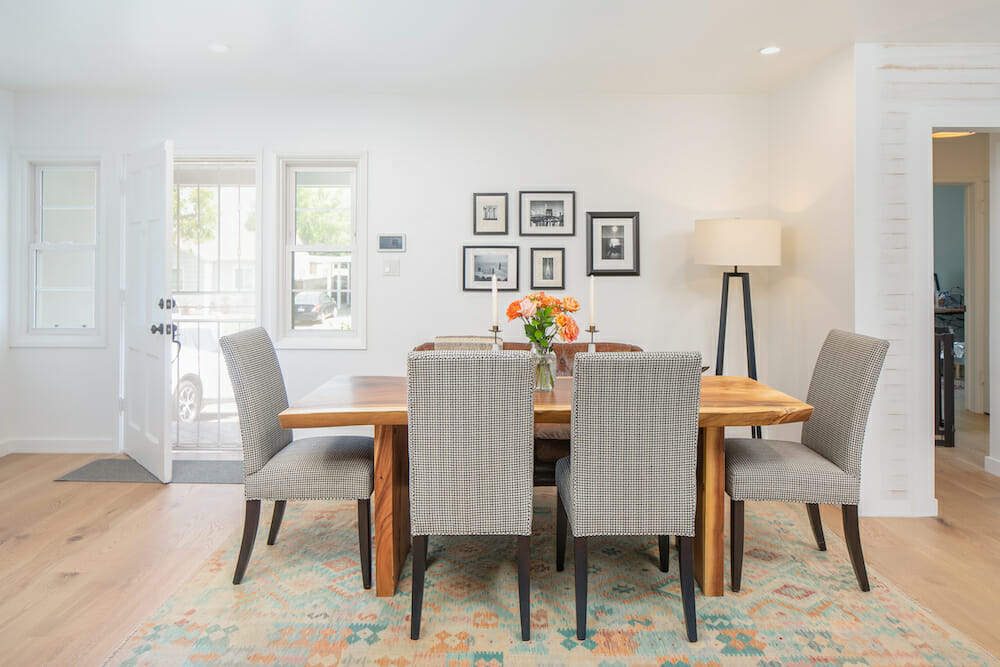An L.A. Guide to Second-Story Home Additions
Second-story additions in Los Angeles: Here’s what it’ll cost you, plus timing and how to prep the first floor
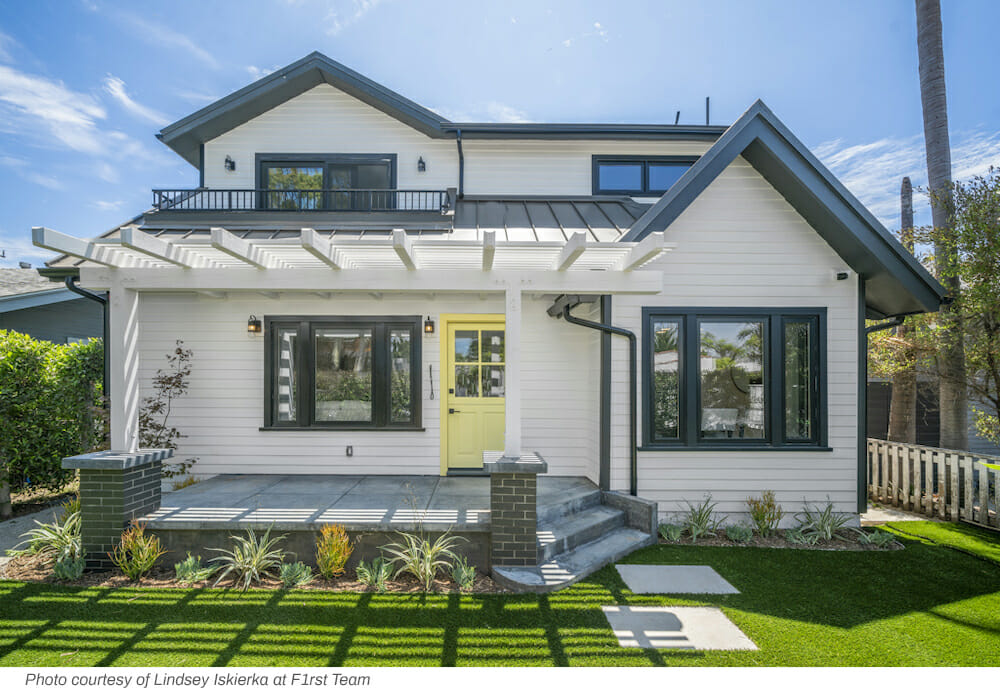
Adding a second story to your L.A. home can solve the problem of limited square footage. Knowing how to add a home addition in Los Angeles means growing families have an option of not moving into a different, bigger home. And it doesn’t impinge on your yard space!
There’s no doubt that adding another story is a big undertaking, both financially and in terms of its timeline. It’s also likely that the renovation will force you to relocate (at least for part of the project.) But to balance that out, it can add a lot of value to your home. Also, many homeowners find it worthwhile to consider a long-wanted first-floor renovation as well. Here, we outline the ins and outs of adding a second-story addition to your home.
(Photo above) Second-story build in Los Angeles by Sweeten general contractor Cecille
How long do second-story additions take?
- A typical second story that includes a least a bedroom and a bathroom takes at least three to five months, according to Los Angeles-based Sweeten contractor Tami. Many elements can increase that time including which county your property is located in, if it is a hillside lot, how much the first floor walls need fortifying as well as how big you want it and other design features. If the addition is extensive and complicated, a 12-month timeline is much more feasible, according to Sweeten L.A. contractor Shannon.
- Since some of your roof will be removed, you should start this type of project in early Spring, said Tami. This is so you can ideally have the project completed by the winter, which is the rainy season for L.A. Forest fires fueled by the Santa Ana winds—which blow October through April—can also hinder a renovation project in affected areas.
How much does it cost to add a second-story addition?
Expect to pay at least $100,000 for a second-story addition, Tami said. Contractor Shannon put the starting cost to add a second story at around $200 a square foot. Some Sweeten contractors in L.A. have completed second-story additions for as low as $300 a square foot, and up to $700 a square foot.
There are two key factors that will determine your costs to add a second story:
- If it’s structurally driven: In L.A., renovating on a hillside lot will take more time and cost more money. This is especially the case for second-story additions, Shannon said. The project will require a soil engineer and a soil report to determine if any additional foundation work needs to be completed to support the addition.
The walls of any home, regardless of whether it sits on a flat lot or on a hillside, will also need to be assessed and most likely reinforced to support the additional story. Your first-floor ceiling which must now do double duty as your second story’s floor also needs added help. “This usually requires supporting beams and posts,” said Tami.
- If it’s client-driven: This means your tastes and what you want or need will have a big impact on your budget, according to Tami. Do you want a bathroom or even a kitchenette? Multiple bedrooms? How expensive will your finishes be? The good news is that, unlike structural elements, the client-driven aspect of your budget is all within your control.
Do second-story additions increase your home’s value?
- Slapping on a second story isn’t all money out. It does add value, and in some cases, a lot of value. To calculate how much you can recoup when you eventually sell your home, figure out what your second-story renovation will cost per square foot. Then, compare it to the square-foot price of homes in your area that match the size and amenities of your home once the planned renovation is completed.
- Another factor to consider is the cost of moving. For many growing families, a second-story addition is a remedy to finding a bigger house elsewhere. Selling a home isn’t free. Nor is moving. When you sell a home, it generally costs at least six percent of its value. Then, add to that several thousand dollars if you enlist a moving company. For the family mentioned above, the cost to move would have been at least $50,000
What is the impact on your first floor?
It’s very rare that the first floor of a home will have the muscle to support a second-story addition without help. “In my experience, doing a second story involves the first story,” said Los Angeles contractor Shannon. “You can’t just pop on a second story.”
As stated earlier, the walls and ceilings of your original home will need added beams and poles to hold the extra weight. Your foundations will be examined too, especially if your lot is on a hillside. As you can tell, your first floor will be thoroughly disturbed. Because of this, many homeowners opt to renovate part of their original home by expanding kitchens, giving a bathroom a facelift, or adding new rooms. Sweeten brings homeowners an exceptional renovation experience by personally matching trusted general contractors to your project, while offering expert guidance and support—at no cost to you. Renovate to live, Sweeten to thrive!
One necessity that homeowners often forget about is where to put the staircase, according to Shannon. Unless you’re intending to use a ladder, be prepared for the staircase to eat into some of that first-floor living space.
Getting permits for a second-story addition renovation
The majority of second-story additions involve an additional bedroom and bathroom. That means, on top of a general building permit, your project will require electrical, plumbing, and mechanical (if you have an HVAC system).
The length of time for permits to be approved will vary from area to area. For example, the permits required for a second-story addition can take about 12 weeks for the City of Los Angeles. Paying an expeditor can always reduce wait times.
As with all other remodeling projects in the State of California, your second-story addition must be Title 24 compliant. Title 24 puts an energy consumption limit on your home and impacts factors like what light bulbs you use, to the efficiency of your air conditioning.
Negotiating zoning rules for second-story additions
For most second-story additions, zoning is not an issue, but there are some cases where it can impact your plans. Here are a few rules to look out for:
- In recent years, some L.A. counties have gone to war against mansionization, where new builds create massive, box-like houses. These ruin the look and feel of areas historically filled with quainter structures. For example, the Los Angeles City Council reduced the floor area of new homes or proposed remodels to 45 percent of the lot size, Curbed reported in 2017.
- If your home is in a historic preservation overlay zone (HPOZ), then any proposed changes to the outside of your building will be scrutinized. Any changes will either not be allowed to move forward or permit approvals could take a long time. A neighborhood association can also hold sway over your second-story dreams.
- Other factors you need to consider are height restrictions and whether you will block your neighbor’s view. This is often the case with hillside lots, said Sweeten contractor Shannon. One of her Malibu clients wanted to add a second story to a home that already had high ceilings. However, due to height restrictions—24 feet for flat-roofed homes and 28 for pitched roofs—the client couldn’t fit the second story in.
- Powerline clearance is also something to watch. Typically a residential structure needs to be at least 15 feet below any overhead powerlines. This might not be an issue if you’re adding a second story to your home, which is unlikely to be under powerlines. However, when it comes to another floor for your garage, this is something to watch out for.
If you’re dreaming of a bigger home, but you love the house you live in, consider second-story additions. The first step is to find a licensed general contractor who is up-to-date on local codes and has worked on projects with similar environmental considerations. When you’re ready to renovate, work with us to find the best contractors in Los Angeles.
Originally published on October 23, 2019
Updated on April 20, 2023
—
Popular questions asked
In California, on average, a second-story addition will cost at least $100,000. Depending on the complexity of the work needed and the space being added, homeowners can expect to pay anywhere between $300-$700 per square foot for a second-story addition.
It is possible to add a second story to a house, but it will depend on your property and the existing home’s condition. For example, adding a second story to a home on a hillside lot will take more time and cost more money than adding one to a non-hillside home. This is because the project will require a soil engineer and a soil report to determine if any additional foundation work needs to be completed to support the addition.
—
Sweeten handpicks the best general contractors to match each project’s location, budget, scope, and style. Follow the blog, Sweeten Stories, for renovation ideas and inspiration and when you’re ready to renovate, start your renovation on Sweeten.
